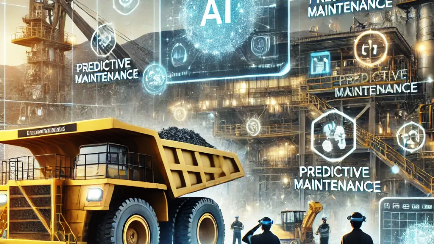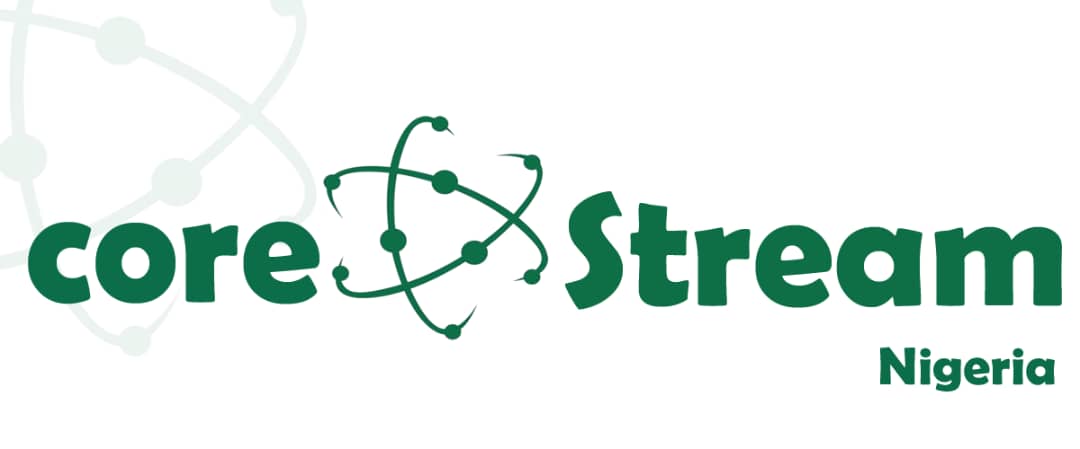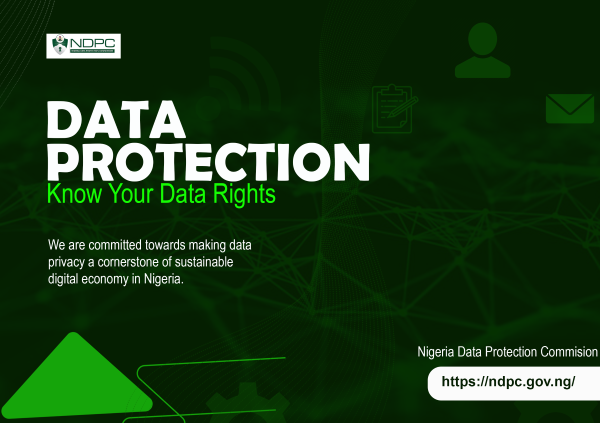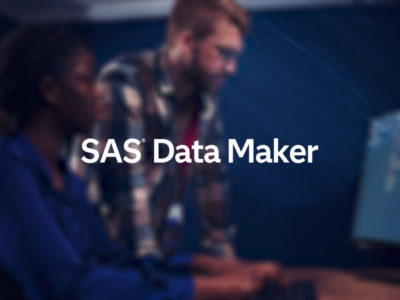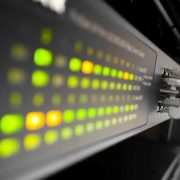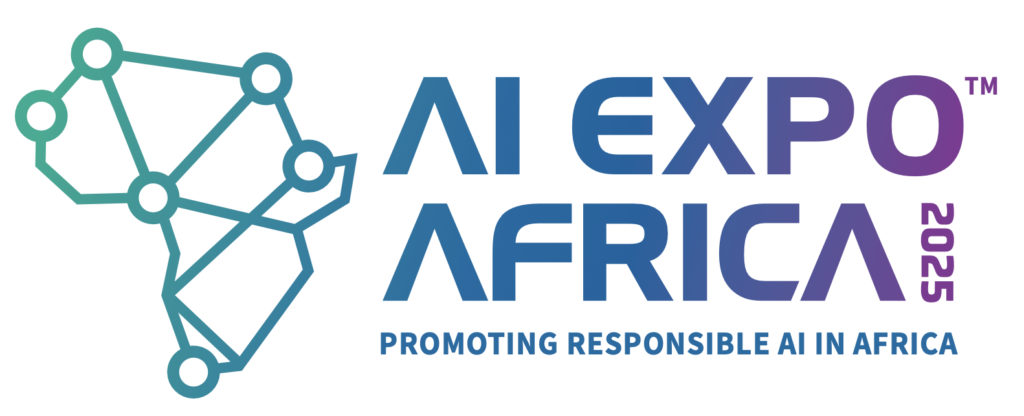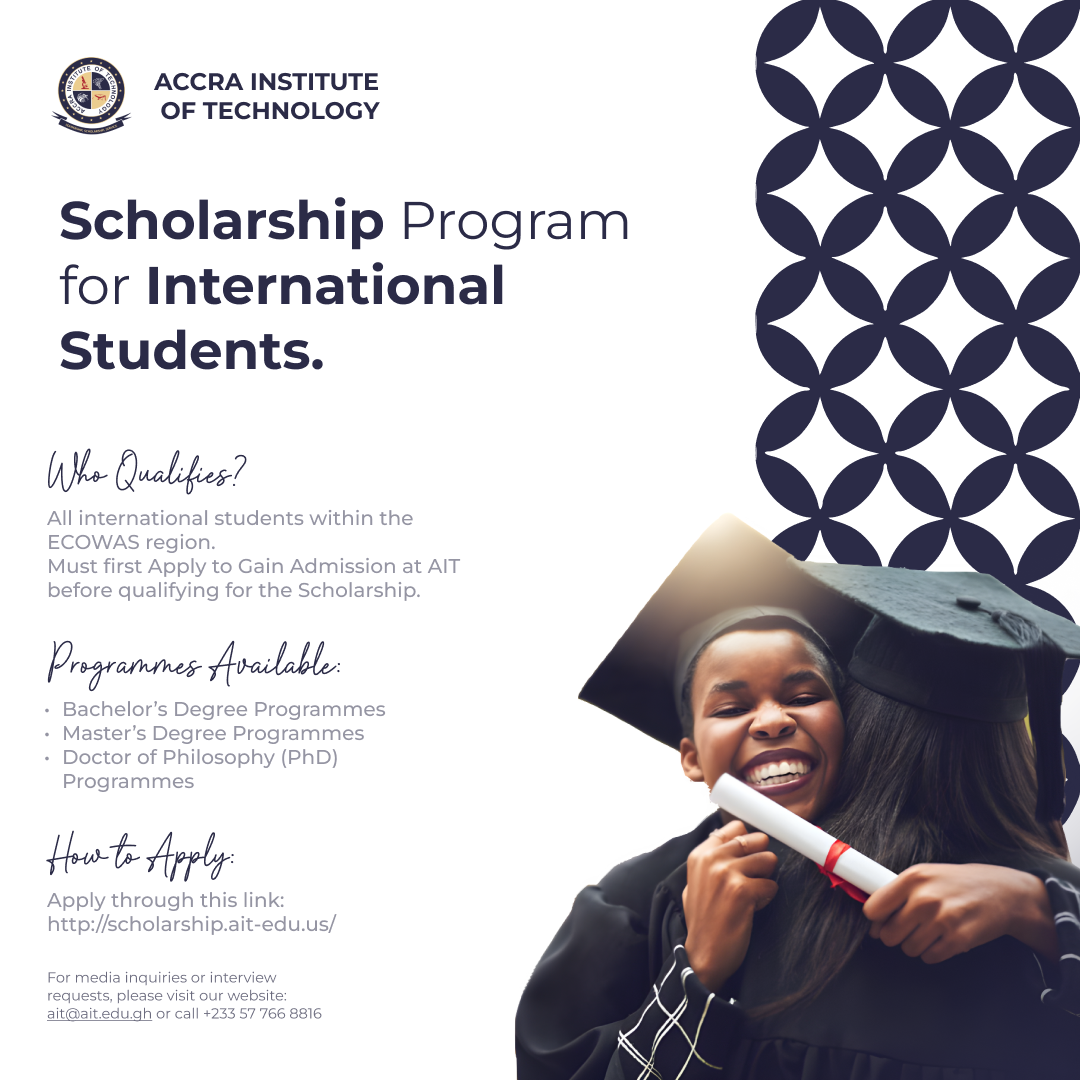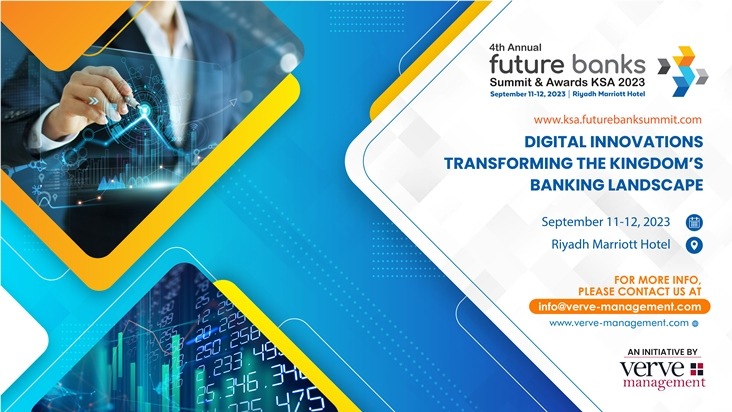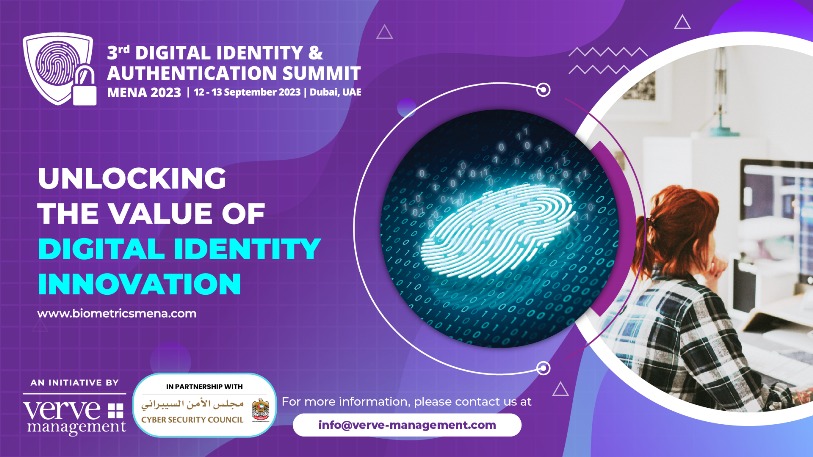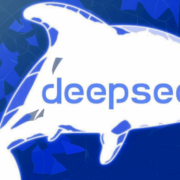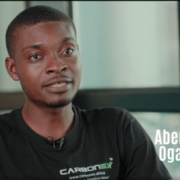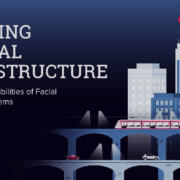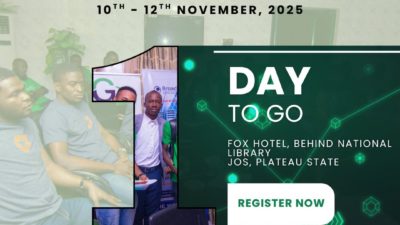Unplanned maintenance now accounts for 60% of mine site maintenance spending which is why innovative solutions have become a mission critical lever for operators worldwide.
RELATED: Five steps to advance your business with sustainable GenAI
According to recent findings from BCG’s AI Radar, adopting the right Generative AI (GenAI) tools can transform predictive capabilities and cut costs by 10%.
Unlike traditional, fixed schedule methods based on legacy telemetry data, GenAI solutions can synthesize structured and unstructured data, It can activatre to perform smart diagnostics, order parts in real-time, or co-ordinate in-field support.
The differentiator is GenAI’s ability to interpret patterns and contextualize valuable outputs from vast datasets. An orchestration layer powered by the technology can process information from every sensor feed and every set of technician notes seamlessly – across sites.
Taking the GenAI jump does not require digitally advanced operations, the key is just getting started. On the journey towards the autonomous maintenance ecosystems of the future, this is a crucial step.
Striking GenAI Gold
Predictive maintenance systems are often used by mining operators in isolation and rely on static thresholds. This lack of integration limits visibility and prevents coordinated responses – eroding productivity and safety as a result.
Effectively implementing GenAI calls for the creation of an orchestration layer. This layer closes key gaps by connecting people, parts, and equipment with static and real-time data. Using this approach, we have seen mining companies increase fleet availability by 15% within six months and optimize technician job durations by up to 20%.
These performance gains are only possible when integration has been carried out end-to-end. At BCG and BCG Platinion, we have successfully synergized GenAI platforms with ERP (Enterprise Resource Planning), EAM (Enterprise Asset Management), and OT (Operational Technology) systems for major mining organizations.
Breaking New Ground Perfect data foundations and digitally advanced operations are not required to begin reaping the rewards of GenAI integration, this is a transformation that meets you where you are and scales with you. Even if you are using paper-based logs or a tier-one EAM, you can adopt modular, pragmatic GenAI solutions that quickly demonstrate their value.
But a few fundamental enablers are required
- Organisational readiness – GenAI thrives when embedded in existing workflows and reinforced through tangible early wins, as opposed to convincing workforces that they need to embrace it. Key components include:
- Aligned leadership and visible support from the top
- Trust-building and localized change management
- Digital enablement culture that promotes usability
- Adoption incentives linked to value-driven KPIs
-
Respect for existing structures and hierarchies
- Technical foundations – while digitally advanced operations are not essential for GenAI adoption, there are some crucial technology fundamentals that need to be in place:
- Cloud connection – must be basic but secure, irrespective of the deployment model.
- Network infrastructure – persistent local Wi-Fi, LTE, or satellite uplink.
- Lightweight event bus or middleware for monitoring and alerts across platforms.
- Maintenance data – a small but high-value subset (12–24 months of structured work orders, critical parts data, and sensor logs from priority assets).
- Security and access control.
GenAI in mining is not a distant aspiration, there are modular, mine-ready solutions that deliver operational impact in complex, remote, and resource-constrained environments. Start with intent, alignment, and a plan, rather than waiting for the perfect conditions.
Part Ordering and Inventory Management
Even the most advanced diagnostics fall short if parts are not available. Delays in remote sites can halt production, but excess stock will tie up capital. Our work with mining clients often reveals costly instances of reactive ordering, low inventory turnover, and weak integration between planning and procurement.
GenAI addresses this by connecting asset health forecasts with real-time inventory, supplier lead times, and maintenance windows. In the energy sector, BCG’s Technician Copilot solution optimized job durations by 15 to 20%, and rework by up to 20%. GenAI can support engineering technicians to identify faults, check part compatibility, and trigger just-in-time orders.
By integrating with EAM, ERP, and OT systems, GenAI optimizes parts lists from historical data to reduce delays and overruns. Our experts have used this approach to successfully enable mine operators to synchronize parts planning and execution to mitigate costly downtime.
Intelligent Support for Field Technicians
Field technicians are on the front lines when it comes to maintenance but are often underserved. They face complex repair issues, incomplete documentation, and inconsistent knowledge sharing – especially in shift-based or multi-site operations.
At BCG Platinion, our specialists have designed a conversational GenAI agent specifically for field technicians, capable of translating complex fault codes into actionable steps, leveraging historical data, and identifying relevant OEM guidance. In rail and utilities, other agentic BCG solutions have optimized rework processes by 40%, and improved task speed by 25%.
Skills and Knowledge
GenAI can also help tackle the talent challenge in the mining space by embedding learning into operations, providing junior team members with guidance while saving experts time to focus on high-value work. We are helping miners to capture expert logic and convert it into digital workflows accessible to all technicians.
These applications of GenAI also reduce human error and operational risk significantly by providing step-by-step guidance. This helps in flagging safety concerns, and addressing problematic conditions before they escalate. The result is more consistent field decisions and a more agile, confident, safe workforce.
How Will the Future Pan Out?
Mining’s next frontier is autonomous coordination. GenAI is already improving diagnostics, inventory, and technician workflows. But agentic AI will go further by scheduling interventions, placing orders, and intuitively escalating issues at the right moments.
To compete in the future, there are four key priorities for mining decision-makers:
- Deploy AI agents like BCG’s FieldAssist AI as standard support tools.
- Identify high impact use cases (such as haulage reliability and shutdown coordination).
- Embed upskilling into live workflows.
- Unify systems to enable intelligent orchestration across planning, procurement, and execution.
The GenAI opportunity in mining is real, and the leaders who act now will define the next era of mining performance. Those that continue to rely solely on traditional methodologies will be outpaced by competitors. These are actors using the technology to make transformative gains in areas like labor, availability, and cost efficiency.

